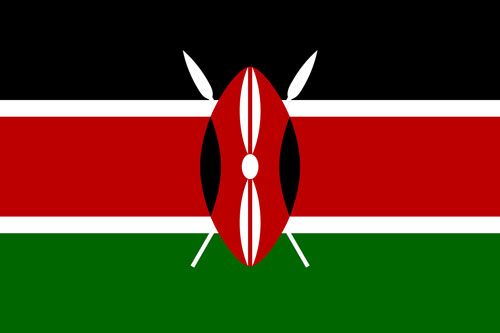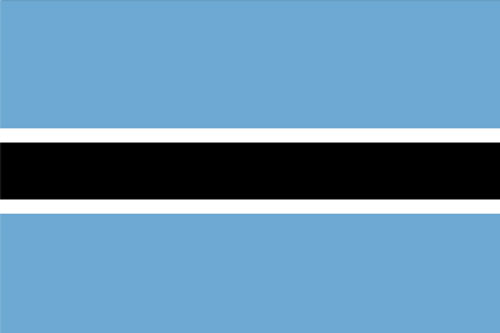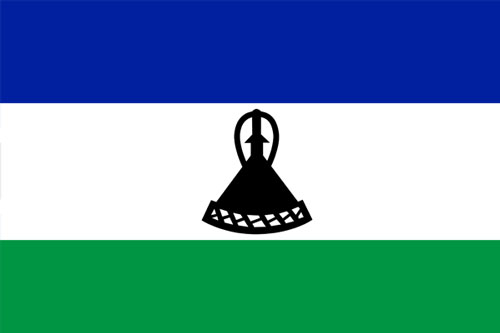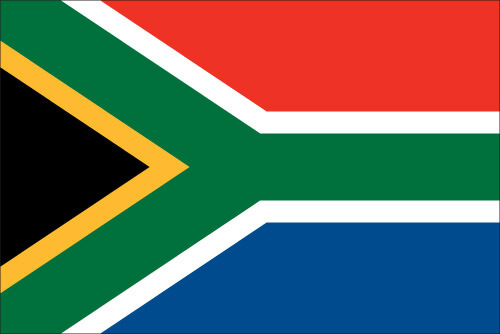
Quick Facts
- Sierra Leone has a population of about 7.5 million people.
- The overall adult literacy rate for women is 37.7% and 48.1% for men.
- Sierra Leone is home to 16 ethnic groups. Each group has their own language and traditional attire.
- Only 39.9 percent of males complete secondary school and 33.2% of females.
- English is the official language; however, Krio is the language that is understood by most of the population. Krio is a Creole language, first spoken by descendants of freed Jamaican slaves who settled in the Freetown area.
- Sierra Leone is also rich in natural resources, including diamonds, gold, titanium, and bauxite. Its main exports are the mineral rutile, fish, coffee, cocoa, and iron ore.
- Only 7% of schools in Sierra Leone have libraries.
Sierra Leone
275 libraries established
According to archeological findings, people have been residing in Sierra Leone for at least 2,500 years. In the sixteenth century, Sierra Leone was a very important center for the transatlantic slave trade. However, the country’s involvement with the slave trade ended in 1787 after Freetown was established by former slaves from North America. Sierra Leone experienced a devastating civil war between 1991 and 2002 that displaced more than one-third of the country. While over 70% of the population in Sierra Leone lives under the poverty line, in recent years the country has increased agricultural production and productivity which has improved rural incomes.
Education in Sierra Leone: English is the language of instruction in Sierra Leone. The law mandates that students receive free primary education, and it requires them to attend six years of primary school and three years of junior secondary school. Yet Sierra Leone has a low school enrollment rate. With the partnership of Reading Initiative Salone (RISE) Network in 2012 and later the Library Development Initiative, African Library Project has sent over 260 libraries to Sierra Leone since 2013.
Learn More About The Regions We Serve

Kenya
To walk the land of Kenya is to walk the history of humankind. Did you know some of the earliest fossils of prehistoric humans have been discovered in Kenya? A former British colony, Kenya achieved independence in 1963. Since then, the country has seen vast economic growth both in agriculture and technology.
Learn More
Uganda
Uganda, officially known as the Republic of Uganda, is one of the youngest countries on earth with half of its population under the age of 14. Although control of the country passed to the British Colonial Office in 1905, Uganda was never fully colonized.
Learn More
Botswana
Botswana, a former British protectorate, gained independence in 1966. The country’s economy depended primarily on livestock until the 1970s when Botswana became a major exporter of diamonds. Currently, Botswana has one of the most successful economies and stable democracies in Africa.
Learn More
Lesotho
Lesotho is a tiny country nestled in the middle of South Africa. Founded as a kingdom in the 1820s, Lesotho was a British protectorate for almost 100 years before regaining independence in 1966. Today, the country is one of the world’s smallest constitutional monarchies known for its beauty and unique culture. Since 2000, primary school education in Lesotho is free and as a result, enrollment has increased.
Learn More
Malawi
Known as “The Warm Heart of Africa”, The Republic of Malawi is a landlocked country with a population of 18.7 million. The history of Malawi goes back to the 10th century, when the area was first settled. Today, Malawi is one of Africa’s poorest and most densely populated nations. Malawi’s economy is based on agriculture. Maize (corn) is the country’s main staple food while tea, coffee and sugar are some of its biggest exports.
Learn More
South Africa
South Africa (pop. 60.1 million) gained its independence in 1910. There are eleven official languages including IsiZulu, IsiXhosa, Sotho, Afrikaans, and English, the most common languages. South Africa is roughly one-eighth the size of the United States or five times larger than Britain.
Learn More
Ghana
Previously an African Empire and then a British colony, Ghana gained independence from the UK in 1957. It was the first sub-Saharan nation to achieve autonomy from colonial rule. Ghana was also the first place in sub-Saharan Africa where Europeans arrived to trade - first in gold, later in slaves. Archaeological evidence shows that humans have lived in present-day Ghana from about 1500 BC. Today, Ghana is a model of democracy for the continent and the world.
Learn More
Sierra Leone
According to archeological findings, people have been residing in the Sierra Leone for at least 2,500 years. In the sixteenth century Sierra Leone was a very important center for the transatlantic slave trade. However the country’s involvement with the slave trade ended in 1787 after Freetown was established by repatriated former slaves. Due to its rough beginnings, over 70% of the population in Sierra Leone lives under the poverty line.
Learn More














